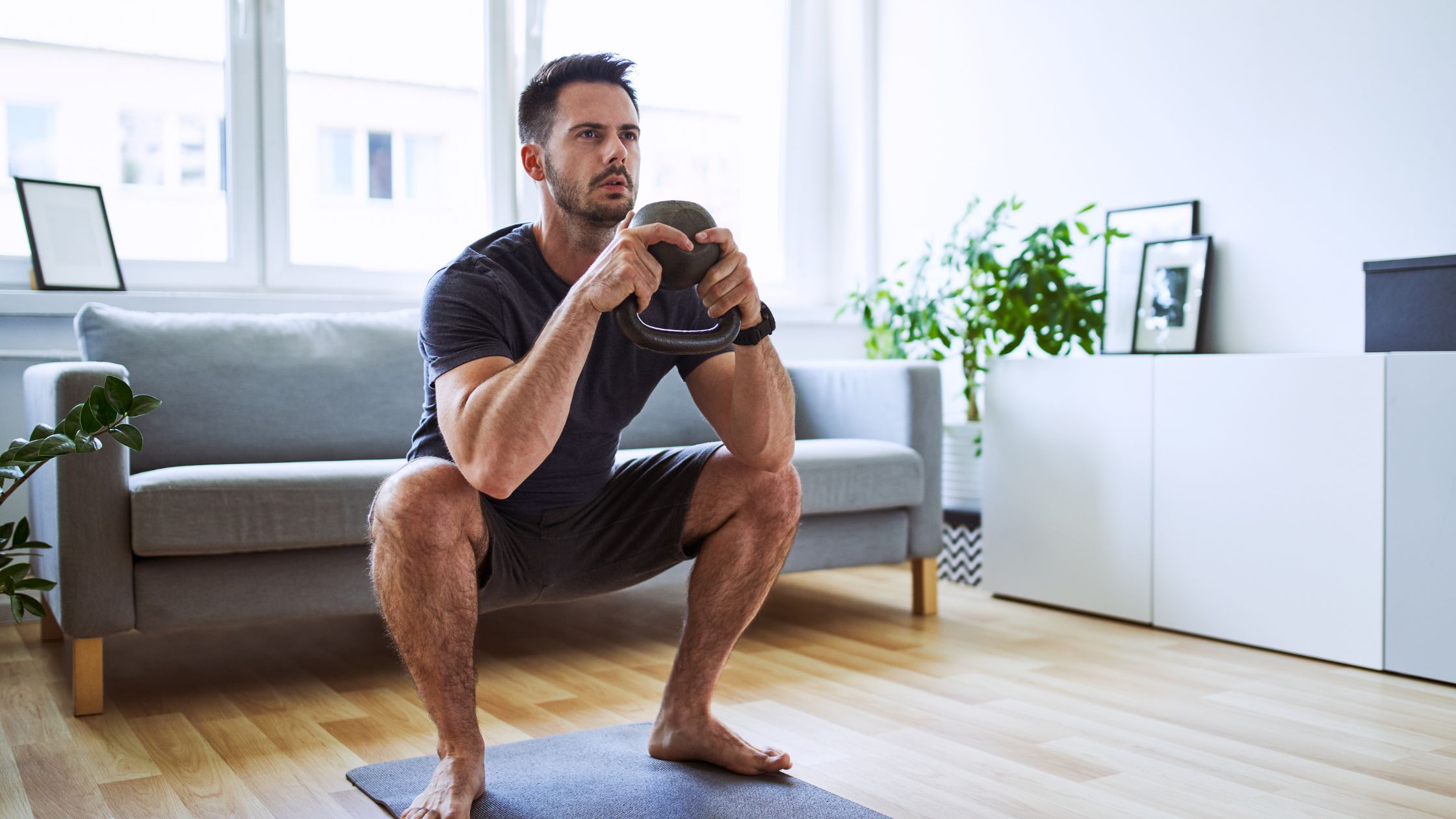Quarter Squats vs. Deep Squats: Which is Better?

Key Takeaways
Which is better: quarter squats or deep squats?
- Deep Squats: Best for muscle growth, mobility, and athletic performance.
- Quarter Squats: Great for explosive power, injury recovery, and those with mobility limitations.
When it comes to building strength, improving athletic performance, and safeguarding joint health, squats are often considered the king of lower body exercises. However, there is an ongoing debate in the fitness world: quarter squats vs. deep squats — which is better? This question brings us to a key consideration: how deep should you squat? The answer isn’t as simple as one-size-fits-all; it depends on your goals, mobility, and overall physical health.
Understanding Squat Variations
Squats come in many forms, but the two most discussed variations are:
- Quarter Squats: These involve lowering your body only about 25% of the way down, stopping well above parallel.
- Deep Squats (Full Range of Motion Squats): These require you to lower your hips below your knees, achieving a full range of motion.
Additionally, parallel squats—where your thighs are parallel to the ground—fall between these two extremes and are commonly used in powerlifting competitions.
The Benefits of Deep Squats
Deep squats, performed through a full range of motion, have several advantages:
1. Enhanced Muscle Activation
Lowering your body into a deep squat recruits more muscle fibers in the glutes, hamstrings, and quadriceps. This leads to better muscle growth and improved lower body strength.
2. Improved Mobility
Consistently squatting deep can enhance hip, ankle, and knee flexibility. Increased mobility not only benefits workouts but also daily movements, reducing the risk of injuries.
3. Athletic Performance
Many sports require movements that involve a full range of motion, such as sprinting, jumping, and cutting. Training with deep squats can translate into improved athletic performance.
4. Hormonal and Neurological Response
Deep squats have been shown to stimulate greater anabolic hormone release, leading to better overall strength gains compared to partial squats.
The Case for Quarter Squats
While quarter squats may not provide the same muscle activation as deep squats, they have their place in certain scenarios:
1. Specific Strength Development
Quarter squats allow athletes to overload the top portion of the movement, which can be beneficial for sports requiring explosive power, such as basketball or football.
2. Lower Back Safety
For individuals with limited mobility or lower back issues, quarter squats may offer a safer alternative. By avoiding excessive forward lean, they can minimize stress on the lumbar spine.
3. Rehabilitation and Progression
Quarter squats are often used during injury recovery to gradually reintroduce load without stressing compromised joints or muscles.
The Importance of Squat Depth for Knee Health
One of the most debated aspects of squatting is its impact on knee health. Some believe deep squats are harmful to the knees, while others argue they strengthen them.
- Deep Squats: When performed with proper form, deep squats can actually improve knee stability by strengthening the surrounding muscles and connective tissues.
- Quarter Squats: While less stressful on the knees in the short term, they may not provide the same long-term joint conditioning as deeper variations.
Therefore, learning how deep you should squat safely is essential to protect and strengthen your knees.
Parallel Squats: The Middle Ground
Parallel squats offer a compromise between quarter and deep squats. They are commonly used in powerlifting, as competitions require lifters to achieve at least parallel depth. These squats offer a balance between muscle activation, lower back safety, and manageable loads.
Factors That Determine How Deep You Should Squat
The question, how deep should you squat, ultimately depends on several factors:
- Mobility
- Limited hip or ankle mobility may restrict how low you can safely go.
- Limited hip or ankle mobility may restrict how low you can safely go.
- Training Goals
- Powerlifters may stick to parallel squats, while Olympic lifters and athletes often benefit from deeper squats.
- Powerlifters may stick to parallel squats, while Olympic lifters and athletes often benefit from deeper squats.
- Injury History
- If you have lower back or knee issues, consult a professional before attempting deep squats.
- If you have lower back or knee issues, consult a professional before attempting deep squats.
- Experience Level
- Beginners should focus on mastering form with bodyweight or light loads before attempting full-depth squats.
- Beginners should focus on mastering form with bodyweight or light loads before attempting full-depth squats.
Workout Tips for Safe and Effective Squats
Regardless of squat depth, proper form is non-negotiable. Here are some workout tips to keep in mind:
- Warm up thoroughly to improve mobility.
- Keep your chest up and back straight to ensure lower back safety.
- Engage your core throughout the movement.
- Avoid letting your knees cave inward.
- Progress gradually in weight and depth.
The Verdict: Which is Better?
There is no one definitive answer to whether quarter squats or deep squats are better. Instead, it comes down to individual goals and physical capabilities.
- Choose Deep Squats if you want to maximize muscle growth, improve mobility, and enhance athletic performance.
- Choose Quarter Squats if you’re focusing on explosive power, recovering from an injury, or have mobility limitations.
- Incorporate Both: Many athletes and bodybuilders use both squat variations in their training for well-rounded development.
Conclusion
The debate of quarter squats vs. deep squats ultimately centers around one crucial question: how deep should you squat? By considering your mobility, training objectives, and joint health, you can choose the right squat depth for your needs. Whether you aim for full range of motion to reap the squat depth benefits, or stick with quarter squats for targeted strength, mastering proper technique is the key to reaping maximum rewards safely.
FAQ
Are deep squats bad for your knees?
No—when performed with proper form, deep squats can strengthen the muscles and tissues around the knees, enhancing stability and reducing injury risk.
What are the benefits of quarter squats?
Quarter squats help build explosive power, reduce stress on the lower back, and are useful during injury rehabilitation.
Should beginners do deep squats?
Beginners should start with bodyweight or light-loaded squats, focusing on form and mobility, before progressing to deep squats.
Which squat depth is best for athletes?
Athletes often benefit from deep squats due to the full range of motion, which enhances mobility and performance in sports movements.
Can I combine both quarter and deep squats?
Yes! Mixing both variations can provide well-rounded strength, power, and joint health benefits.
